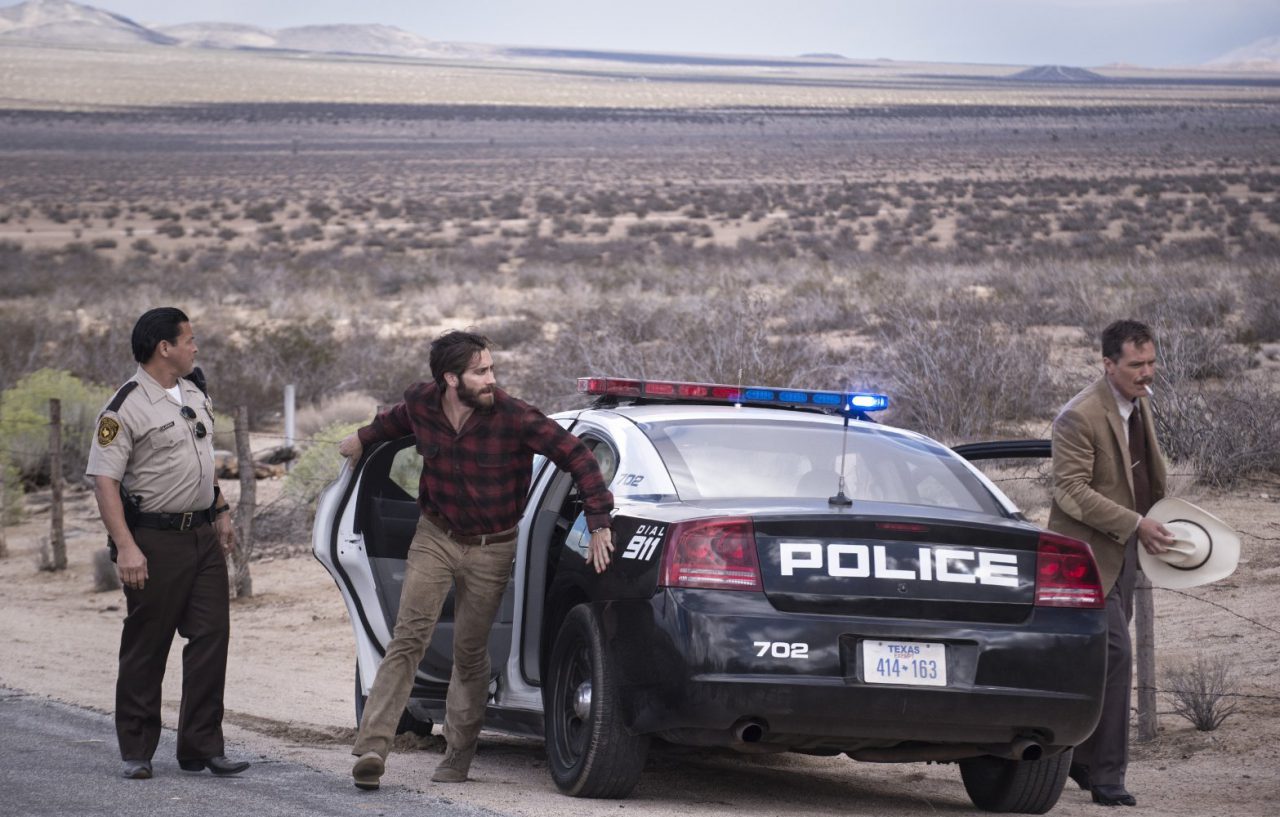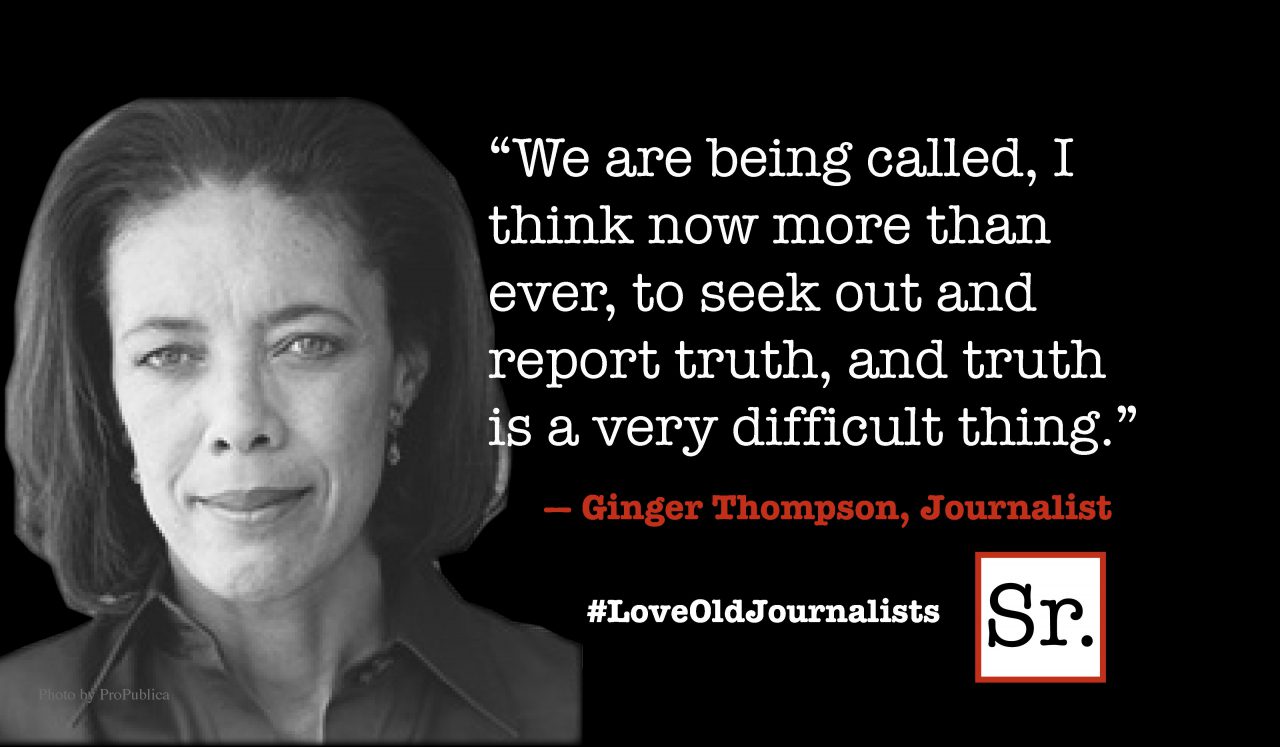Tom Ford’s “Nocturnal Animals” is a fascinating failure.
But even if it doesn’t quite work, it remains so ambitious, so daring that it overshadows other films considered “successful” simply because they aim so much lower.
Ford, the celebrated fashion designer whose first feature directing effort was “A Single Man” back in 2009, wastes no time bitch-slapping his audience. Under the opening titles of “Nocturnal Animals” Ford gives us slo-mo footage of obese women dancing. They’re naked except for marching band kepis and thigh-high drum majorette boots.
These images are part of the latest exhibit in a trendy LA art gallery operated by Susan (Amy Adams), a cooly coiffed and clothed woman who lives in a multi-million-dollar minimalist glass house overlooking the city.
Susan is rich — she’d be richer, but her faithless hubby Hutton (Armie Hammer) has managed to blow a big chunk of their nest egg — and her inner life seems about as sterile as her modernist home. After all, what kind of person keeps a bowl of real artichokes on the counter of her spotless, soulless kitchen? It’s not like anyone’s going to grab one up for a quick snack.
“I feel guilty not to be happy,” she laments. Poor little rich girl.
Susan’s outwardly comfy, inwardly anguished world makes up one of three levels of reality explored in Ford’s movie.
Out of the blue she receives a manuscript from her first husband, Edward, whom Susan hasn’t seen in 19 years. It’s a soon-to-be-published novel accompanied by a note that suggests Susan was at least in part the inspiration for the story.
Flattered, Susan takes advantage of a week without her husband (Hutton is off to New York with his latest girlfriend) to dive into Edward’s novel. The story that unfolds becomes “Nocturnal Animals'” second layer of reality.
In this book within a movie we find Tony (Jake Gyllenhaal), his wife (Isla Fisher) and teenage daughter (Ellie Bamber) driving across West Texas in the dead of night. They fall victim to a gang of young rednecks led by the scary Ray (an almost unrecognizable Aaron Taylor-Johnson), and soon the family members are fighting for their lives.
This “The Hills Have Eyes”-type horror story is so shocking, so terrifying that Susan has to put down the manuscript, bringing us all back to her reality. Once she calms herself she will again pick up the story, which has Tony joining forces with a quirky Texas lawman (the magnificently quirky Michael Shannon) to bring the marauding yokels to justice.
It’s at this point that Ford starts really messing with our heads. Because while the family’s plight is genuinely disturbing, we can write it off as a fiction. After all, it’s a made-up story being read by a character in a movie. How many degrees from reality do we have to be before a yarn like this no longer upsets us?
But we are upset. Seriously shaken. You can tell yourself it’s only a book, a fiction, but the emotions evoked are so damn intense, both for the movie audience and for the neurasthenic Susan.
Then the film’s third reality kicks in. These are Susan’s memories of her and Edward’s lives as a young couple, with Jake Gyllenhaal playing Edward. Which means that Susan in her mind’s eye cast her ex-husband in the role of the agonizingly abused protagonist.
We also come to realize that the novel is a sort of trigger calculated to ignite Susan’s guilty conscience. Thus Edward’s violent opus can be seen as a fiendishly intricate act of revenge.
“Nocturnal Animals” explores why fiction sometimes seems more intense than real life. Of course it also ponders just what real life is…and whether it actually exits.
Ford is a detail-oriented filmmaker who carefully builds his cinematic worlds. It’s not like he’s stuck in one gear…Susan’s chilly urban modernity finds a striking contrast with the Texas scenes, captured with the gritty, dusty realism we saw earlier this summer in “Hell or High Water” (the terrific cinematography is by Seamus McGarvey).
But what does it all mean? Does it mean anything?
Or is “Nocturnal Animals” in the end merely a cinematic exercise in manipulation?









